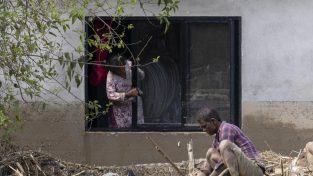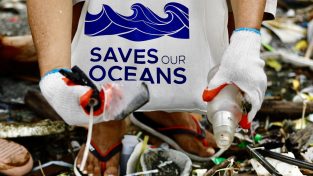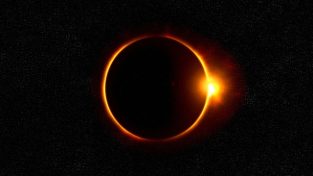Come smaltire le acque radioattive di Fukushima?
Il governo giapponese ha deciso di iniziare il rilascio nell’Oceano Pacifico delle enormi quantità di acqua radioattiva conservate nei dintorni della centrale nucleare di Fukushima, distrutta da terremoto e maremoto l’11 marzo 2011. Questa decisione è fortemente contestata dagli ambientalisti, dai pescatori e dai residenti locali, che temono per l’inquinamento delle coste e la contaminazione dei pesci, tenuto anche conto che una vasta area di territorio intorno alla centrale non è mai ritornata alla vita normale.
La decisione sullo smaltimento delle acque radioattive è stata ritardata per dieci anni a causa delle preoccupazioni e delle proteste per la sicurezza, ma è diventata sempre più urgente perché l’acqua inquinata non può essere mantenuta indefinitamente nelle grandi cisterne intorno alla centrale. Il governo sostiene che il rilascio nell’oceano sarà graduale, diluito nell’arco di due anni, per cui non aumenterà in modo significativo il livello di radioattività naturale delle acque (AP Photo / Lee Jin-man)























